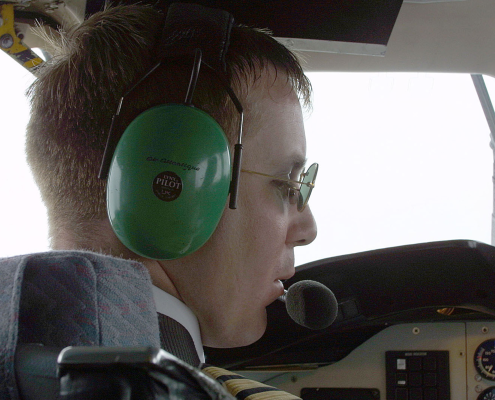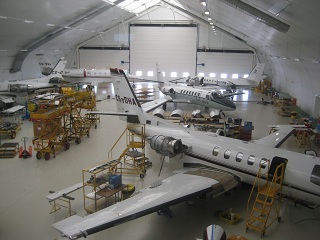Business Aviation, as opposed to scheduled commercial aviation, has been a dynamic industry for some time within Europe and is expected to remain so.
Some of the factors behind its growth include:
increasing demand for instantly accessible point-to-point air links that save time and cost by flying to airfields that are closer to the customer’s ultimate destination, eliminate the need for onward connections and typically provide quicker access times in and out of the airport.
- the development of new business models, such as fractional ownership, and aircraft technology, such as lighter, more cost-effective jets, that together reduce the price for customers;
- the ability to do business further from a company’s home base and thereby gain access to new centres of business and opportunity around the world, making new business connections more quickly and efficiently and accelerating the process of investment and business relationships;
- the ability to connect city pairs that are increasingly left under-served owing to the growth of Low Cost Carriers (LCCs) and associated high volume / low cost services on 150 to 180 seat aircraft that have polarized passenger flows and made the development of new regular services to lower volume destinations economically difficult if not unviable;
- the improvement in the use of logistics software, air taxi services and marketing to capture demand and contribute to reducing the number of empty legs and optimising use of spare seat capacity.
Price Waterhouse Cooper’s report ‘The Economic Impact of Business Aviation in Europe’ from 2008 commissioned by EBAA describes the European market in terms of GVA, salaries and employment in subsequent paras as follows.
In terms of value, the business aviation sector contributed a total of €19.7bn in annual gross value added (GVA) to the European economy in 2007, accounting for approximately 0.2% of the combined GDP of the European Union (EU), Norway and Switzerland. The induced impact, at €9.3bn, was the largest contributor to the economic impact of the sector.
The Business and General Aviation (GA) markets were dealt with fairly peremptorily in the 2003 Air Transport White Paper, largely because little analysis was available or had been undertaken on these two lesser-known sectors of the industry, although this has been rectified more recently[1],[2]. The White Paper set a largely positive framework for investing in airports in London and the South East and therefore expected no significant constraints on these business and general aviation activities either at the major airports or at the specialist airfields which cater specifically for these two markets.
Subsequent analysis has shown that these markets have needed more policy support than was initially expected, and are now materially affected by the Coalition Government’s stance on new runway capacity in the region and by planning system constraints resulting from the White Paper’s light touch policy steer.
Business Aviation and General Aviation both make an important contribution to the aviation industry generally in the UK and a material one to the economies surrounding key airfields. Northpoint Aviation Services are keen to ensure that contribution is fully understood by the Department for Transport as it formulates its new policy and is reflected in the provisions made in the prospective National Policy Statement on Air Transport in 2013.
————————————-
[1] General Aviation Small Aerodrome Research Study, T Lober 2006, Bartlett School, University College London
[2] Strategic Review of General Aviation in the UK, CAA 2006












